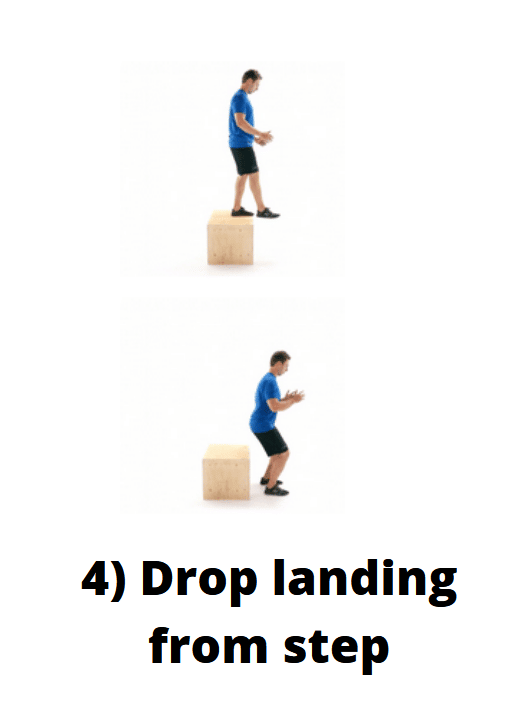Do you want to jump like a Firebird?
Improving jump height as a young athlete requires a number of training elements to be included and optimized.
Jumping high, when broken down simply, is a power-based activity. Power relies on high levels of force generation (muscle strength) over a short period of time. In other words, if you can improve either your strength, or the speed of movement, you will improve your power.
So what are we looking at with a jump?
In essence, a jump is very similar to a squat. There is folding at the hips, knees and ankles, with the primary muscle groups being glutes, quadriceps (front of thigh) and your calf muscles!
So, in the first instance, if you would like to improve your jump height, you need to make sure you are getting stronger in these key muscle groups!
I suggest starting to build these (or similar) exercises into your week. They should be performed slowly, with smooth control and where possible, adding some weight to the movement will increase the challenge. Adapting to this increased difficulty of the movement will improve your strength.
Exercises 1-3 below are some examples of exercises that can help improve those muscles.

After 6 weeks of strengthening, you may begin some more focused speed movements. To carefully start this, I suggest beginning with dedicated practice of your landings (exercise 4 below), before you dedicate time to the jumping. Dropping down from a step and sticking your landing quickly and firmly is a good example of this.

Finally, we are ready to introduce speed of movement!
The exercises you are familiar with can simply be sped up, so that there is a focus on controlled movement into the depth of the position, but a fast movement back upright (even leaving the ground).
Most importantly, you should enlist a trusted health professional to help guide what is most appropriate for you. There will always be individual differences that can be optimised, so a thorough assessment of this is recommended. Look for a Sports and Exercise Physiotherapist, a Strength and Conditioning coach, or an Accredited Exercise Physiologist with experience in your sport for help!